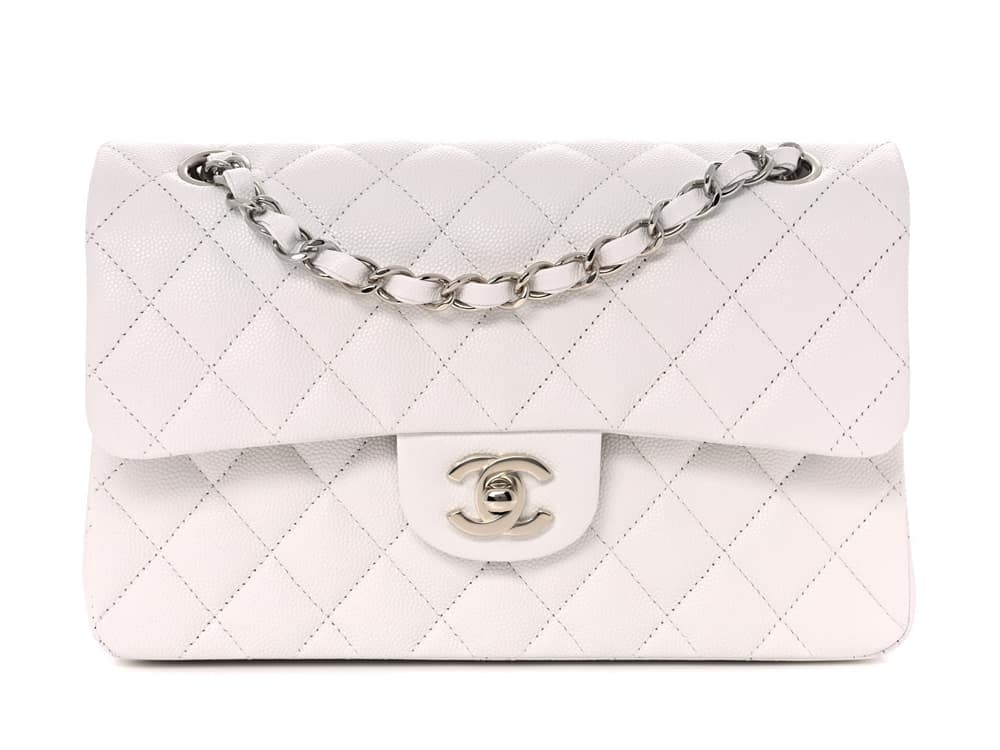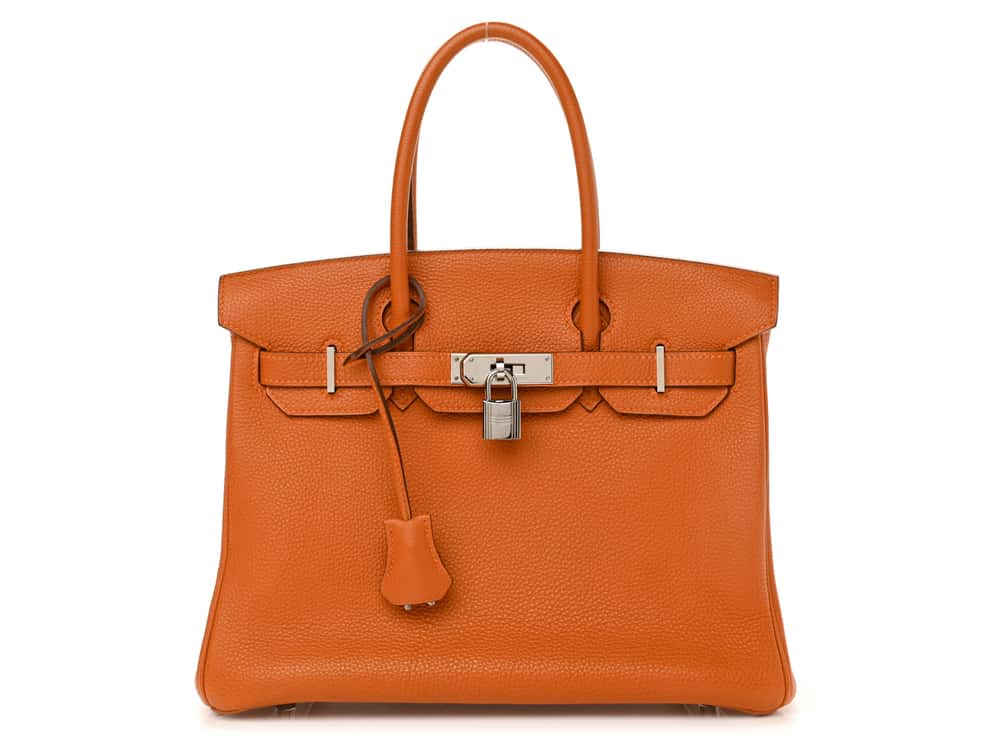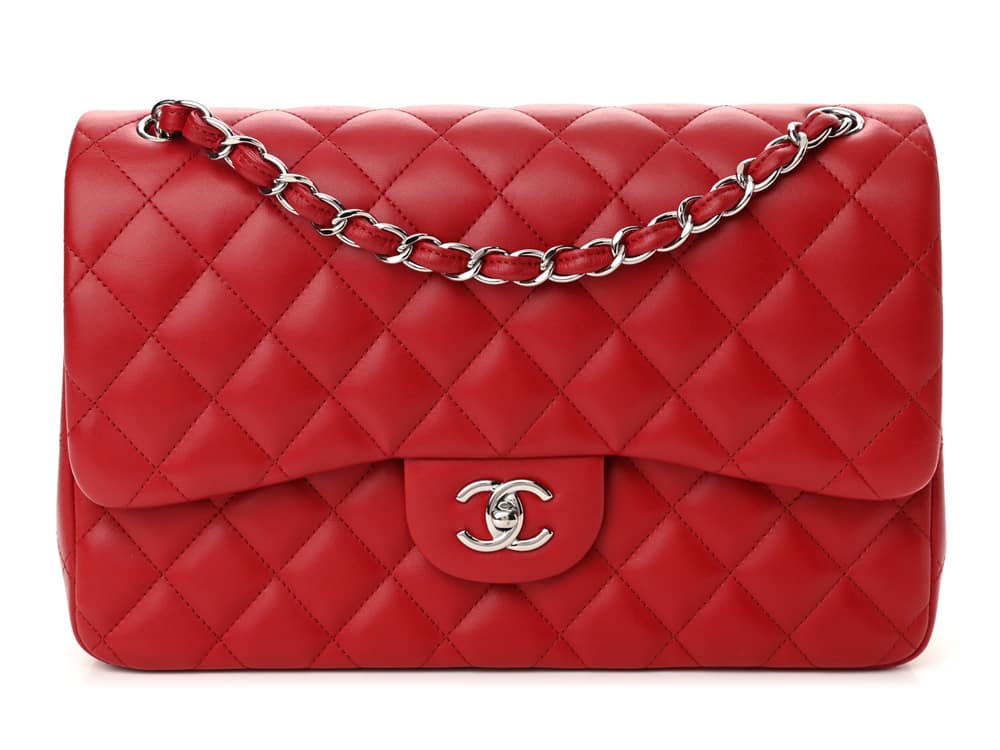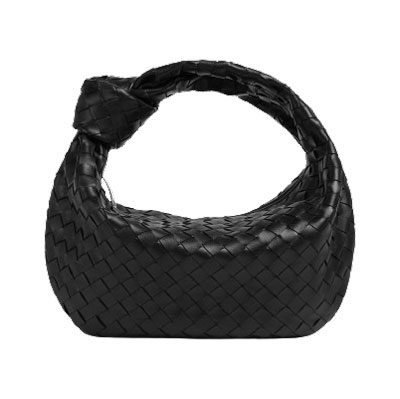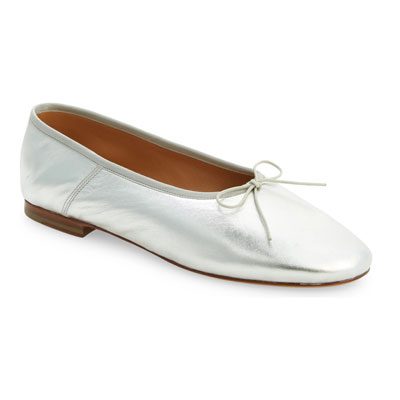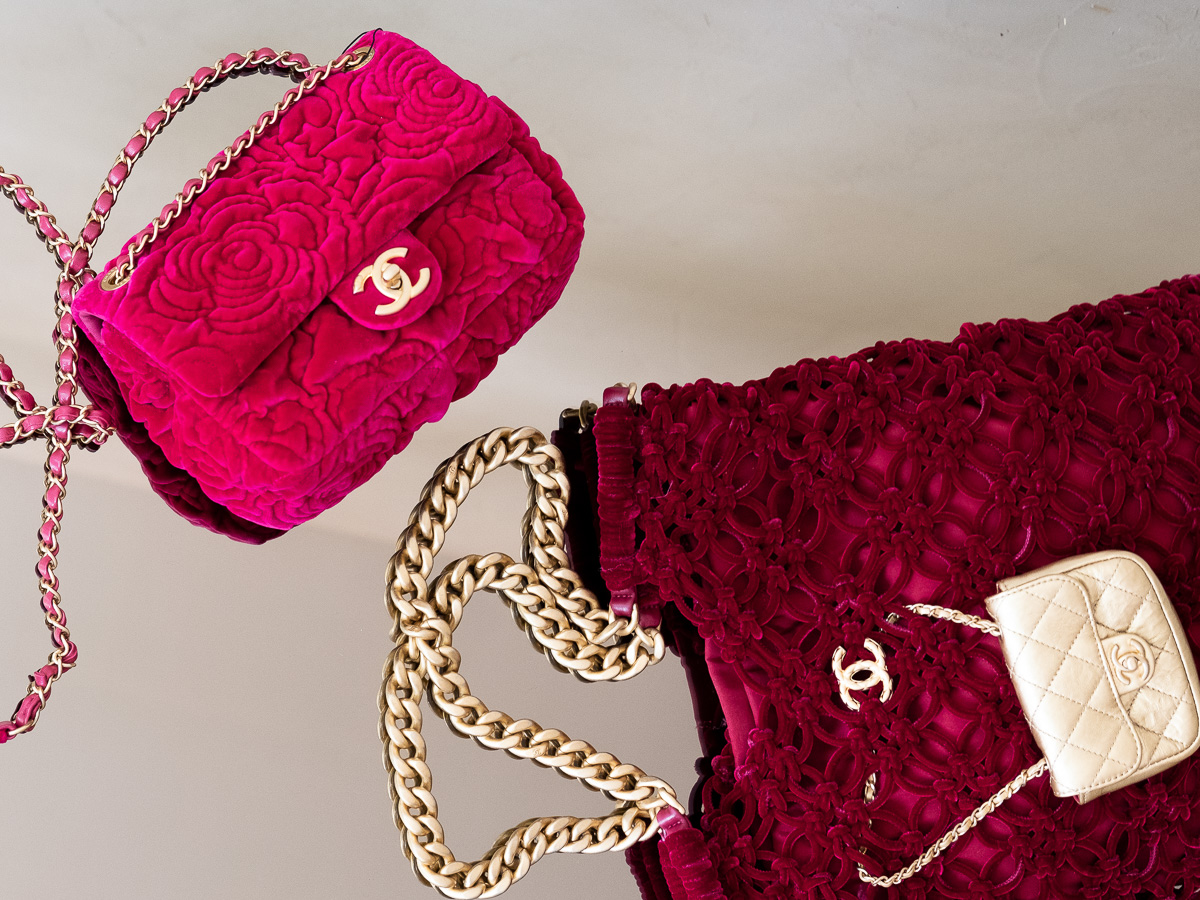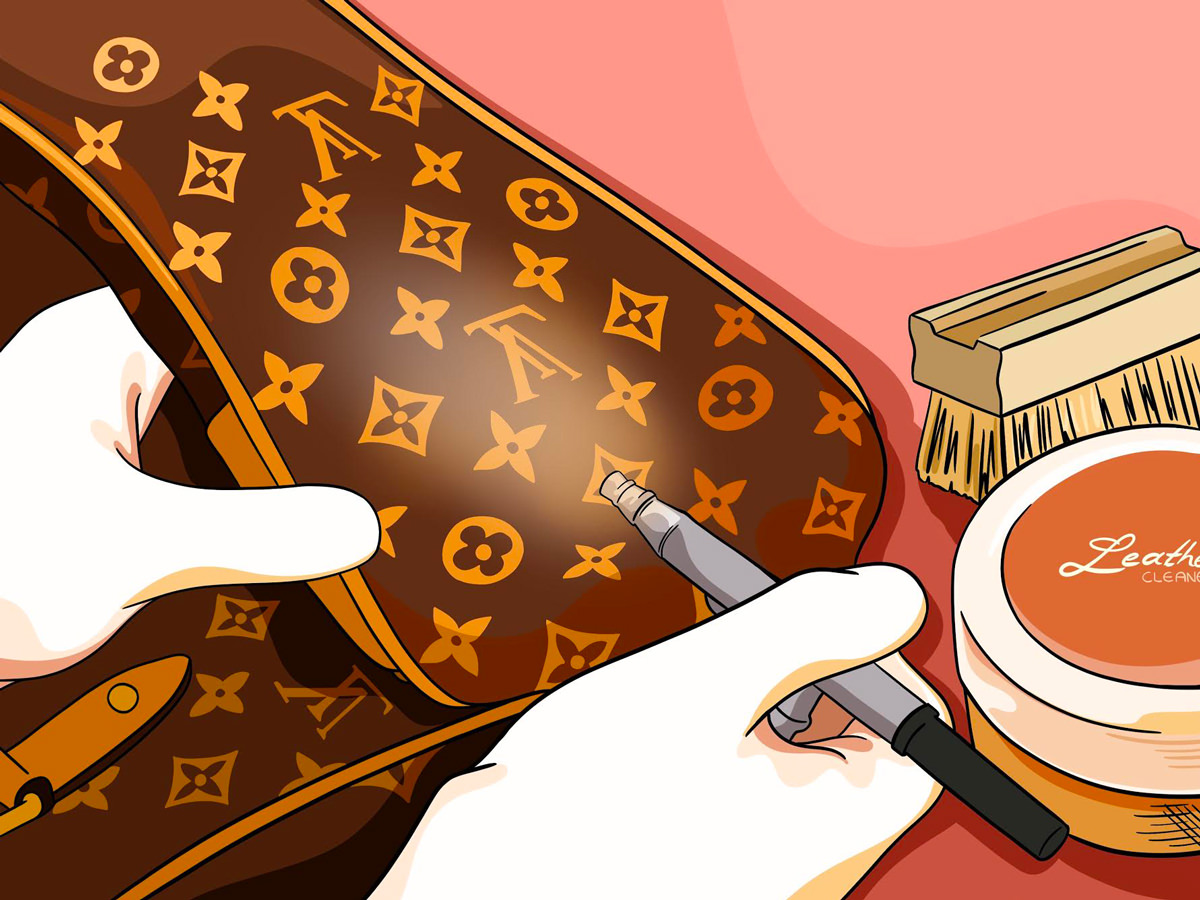The fashion industry has pivoted towards sustainability in a major way over the last decade. From the likes of the ocean plastic haute couture designed by Iris Van Herpen</a to the upcycled fashion waste "Freak Show" by Jean Paul Gaultier to sustainable leather alternatives or eco-nylon that have become big sellers for Burberry and Prada, this paradigm shift is enormous, to say the least, for an industry widely (and inaccurately) touted as the second most polluting industry on earth.
The core concept of sustainability is reusing what you have and buying less of what you ultimately don’t really need. But when brands are continually pushing you to buy the newest items they put on the runway, it doesn’t quite match up to the ‘all you need is less’ mantra of sustainability. What does, however, is the recent advent of restoring your old purses and giving them new life.
With the rise of handbag clinics like The Restory, the Leather Surgeon, the Handbag Spa, and other purse-Messiahs, it has become easier than ever to actually use a purse over your entire lifetime, and then pass it on to the next generation, good as new. Thus, alongside the latest boom in the resale market, a growing trend for sustainably-minded fashionistas to watch out for is the repair culture.
Before hopping onto the restoration bandwagon though, it helps to keep a few pointers in mind – sometimes, it might just be easier and cheaper to get an entirely new purse rather than restore a previous one. similarly, if your bag is in a really lamentable state, even the best of professionals can’t extend its life for any significant duration. So, join me as I take a deep dive into the wonderful world of restoration and try to learn from the experiences some have encountered in the process.
Adventures in DIY Restoration
Remember that time I idealistically tried launching a handbag resale business in my country with no business plan in particular and no formal experience whatsoever? Well, aside from my love for handbags, one of the primary reasons I wanted to do something like that was my fascination with the restoration of high-end handbags to an almost new state.
Since then, while the business itself has failed (for obvious reasons), it has imparted some pretty valuable lessons to me, from being careful when it comes to picking partners to know your own limitations. What I also came to learn out of it was how to do some small restorations myself.
Firstly, and I cannot stress this enough, the importance of a good cleaning and a quality leather moisturizer is supreme. Sometimes, all that a tired and battered-looking purse needs is just some conditioning to revive its shine, so keeping a little leather kit handy really pays off. In most Western countries, there are a number of brands of cleaners/conditioners available, like Collonil and Apple Leather Gel, and even specialized ones for suede. Although in my case, the best thing I could find was a generic version which, aside from slightly darkening the saddle color of my PS1, has served me just fine.
Secondly, keeping your bags in shape is another object of utmost importance – I’ve purchased bags that were probably placed at the bottom of someone’s closet with the entirety of said closet’s contents on top of the purse, resulting in deep handle dent marks on the leather that are irreversible. It’s important to not overstuff them either – I’m guilty of cracking patent leather this way (to be fair though, it was in pretty bad shape, to begin with).
I’ve also experimented with some leather-friendly acrylic colors (though only on faux leather – more on this later), and it actually didn’t turn out so bad. But what I’ve come to appreciate the most is the network I’ve built through the process – from a friend at the Restory, to restoration expert Jess Portillo, as well as Philippines-based leatherware-blogger Genevieve Go – all of whom I can agonize with when I can’t find any proper leather care products in my country.
What kind of restoration shouldn’t one do?
Like the resourceful ladies on the PurseForum will tell you, not all bags can, or should, be repaired.
Don’t get me wrong, I’m a big proponent of repair culture. And despite its prohibitive prices, one of Hermès’ biggest selling points to me remains its bag spa feature – which I definitely plan to use if I am ever able to get my hands on an Hermès purse. But sometimes, it’s simply easier to walk away from a situation.
One of the prime examples as such would be faux leather. I’ve lamented and vented on multiple occasions how much peeling PU irks me, and today is the day I tell you why.
On my first occasion of trying to restore a faux-leather purse (it was a cheap local bag, so you can guess where this is going), I tried gluing, superglue-ing, painting, nail-polishing, conditioning and a bunch of other means that I had at my disposal (the horror, I know). And just when I seemed to have one peeling corner at bay, another would promptly start giving way.
On another instance, I coated a relatively higher-priced purse handle with acrylic colors, and it went very well with its first use post-painting. On its second time out and about, the stitching at the bottom of the bag undid itself, and now I have a bag that’s half-composed of PU leather, with the bottom half being simply the fabric lining. It feels slightly cottagey if you manage to overlook the jagged line in the leather where the stitching got ripped.
As for the dented leather purse, let’s just say, a cloth iron and a steamy shower may have gotten involved.
Restorations That Are Actually Manageable…Professionally
But as difficult as it sounds, handbag repair is not only doable, but restorers can sometimes change the entire look of a purse through the process of restoration – for the better! Piping split? Color faded? Dog chewed on it? There are solutions to all of these and more. In fact, you can do certain light stain removals (or, if you’re feeling confident, an entire recolor) right from your home, as Jess demonstrates in this article.
But besides the occasional cleaning and the safer jobs, it’s usually recommended to rely on the experts. Even besides Hermès, many brands, like Chanel, Louis Vuitton, and Dior, offer repair and replacement services for their buyers, although they’re rarely ever free, involve a time-lapse of anything from a few weeks to several months, and usually require the buyer to show proof of purchase. But beware, if your bag appears to be counterfeit to Hermès, it might just end up getting burnt!
On the other end of the professional restoration spectrum, there are the third-party leather workers, like The Restory, which has been gaining momentum and recently has extended its services through brands like Farfetch, Harrods, Selfridges, and Manolo Blahnik. There are also sites like Handbag Clinic which not only refurbish but also sell handbags, while the Handbag Spa would reportedly restore a fake purse too! To sum it up then, most kinds of repairs are manageable if you rely on professionals.
Ultimately, is buying new cheaper?
What we haven’t considered so far is the financial and environmental aspects of restoring old purses, and when speaking about repairs, many of us often forget to consider the costs involved in the process.
At the Restory, for instance, re-edging of a purse starts from £80. Now, if you’re looking to repair the edging of a Coach or a Michael Kors bag, which are priced anywhere between £100 – £600 on Coach UK, and can actually be snapped up for less than £80 on the secondary market (even covetable vintage editions), does the price of the restoration seem worth it?
Not only can restoration sometimes get pretty expensive, but even professionals can also make mistakes, and for the buyer, it can turn out to be quite costly.
Consider tPFer Luv n bags‘ Chanel that was painted in the wrong color, that too for a charge of $275!
Not only that, many people turn to professionals for getting their bags recolored. However, re-dying can sometimes dehydrate the leather and exacerbate cracks or patches – again a major concern, especially for more sensitive leathers like lambskin.
And finally, between the bag’s travels to and from the restorers, to the supplies used in the process of restoration, not to mention the lack of options available in all but the biggest cities in the West, can restoration really be touted to be the environmentally-savvy breakthrough we thought it was?
Despite its potential pitfalls, I’m a big fan of restoring handbags. It’s one of the very reasons I got hooked on luxury bags in the first place; can be used to death, and then repaired again to new? Sign me up!
Even besides that though, there’s something very wholesome and romantic about repairing and reusing your belongings. As Patricia Marx statement in her New Yorker article, ‘A Guide to Getting Rid of Almost Everything,’ describes:
“The son of a friend, when offered his pick of items from his grandfather’s estate—an antique clock? an Emmy?—took a toilet plunger.”
The pandemic has made us come to terms with our hoarding habits, and so, in today’s materialistic world, the process of learning to let go of things we don’t need, and repair and reuse what we do, feels like a breath of fresh air – old-worldly, comforting and familiar.

